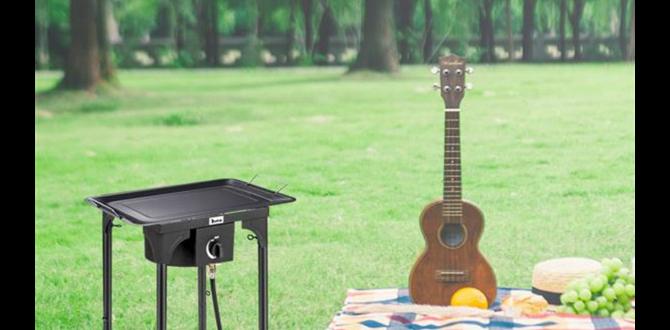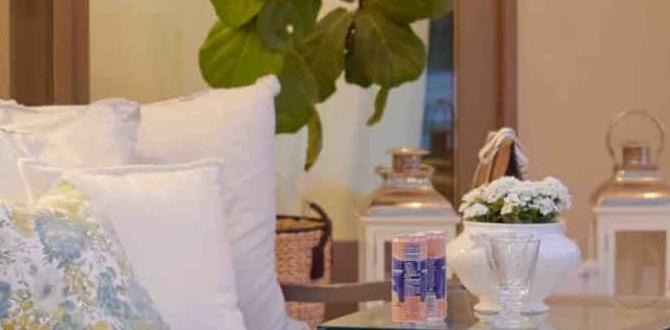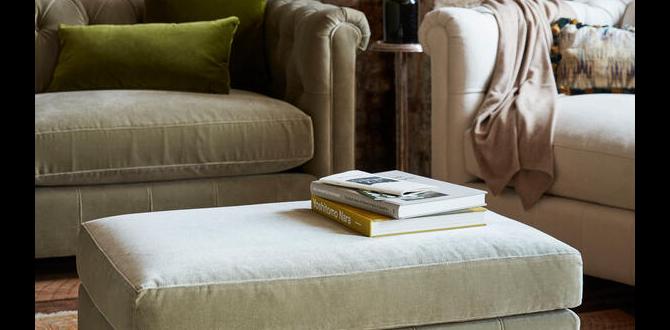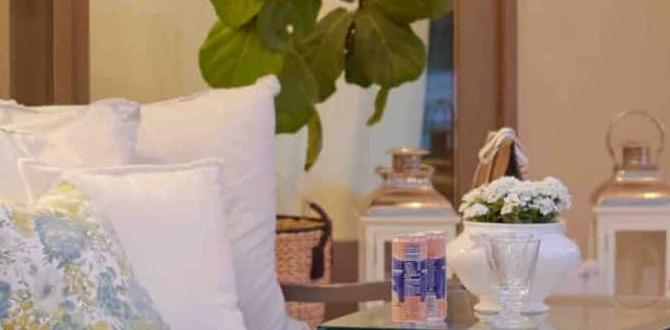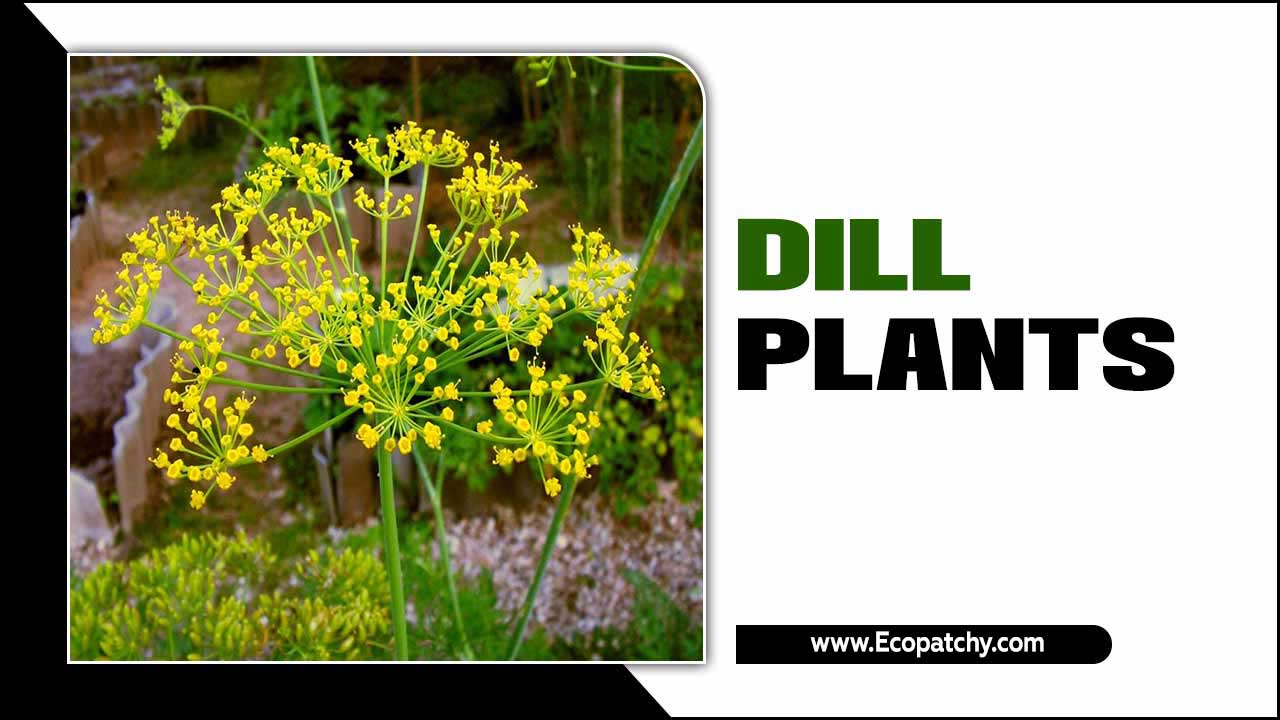Have you ever looked at your outdoor plant pots and wished they were more colorful? Using paint for outdoor plant pots can turn dull containers into vibrant highlights in your garden. Imagine bright blue pots next to cheerful yellow flowers. What a sight that would be!
But is all paint safe for plants? Many people don’t know that some paints can harm your flowers or herbs. The good news is that there are many options made just for outdoor use. These paints can protect your pots from the rain and sun while adding a splash of style.
Did you know that many artists use special paint techniques to make outdoor pots stand out? With just a little creativity and the right materials, you can create unique designs. So, let’s dive into the world of paint for outdoor plant pots and discover how to brighten up your garden today!
Choosing The Best Paint For Outdoor Plant Pots: Tips And Ideas When It Comes To Enhancing The Aesthetic Appeal Of Your Outdoor Space, The Right Paint For Outdoor Plant Pots Can Make A Significant Difference. Whether You’Re Looking To Showcase Vibrant Colors Or Create A Rustic Look, Choosing The Appropriate Paint Is Essential For Durability And Style. In This Article, We’Ll Explore Various Types Of Paint Options, Application Methods, And Tips For Ensuring Your Plant Pots Remain Vibrant Through Changing Weather Conditions. Types Of Paint For Outdoor Plant Pots 1. **Acrylic Paint** Acrylic Paint Is A Popular Choice For Outdoor Plant Pots Due To Its Versatility And Water-Based Formulation. It’S Easy To Use, Dries Relatively Quickly, And Comes In A Vast Range Of Colors. When Choosing Acrylic Paint, Ensure It Is Labeled As Suitable For Outdoor Use, As This Will Enhance Its Durability Against The Elements. 2. **Chalk Paint** If You’Re Aiming For A Matte Finish With A Vintage Appeal, Chalk Paint Is An Excellent Option. It Adheres Well To Various Surfaces And Requires Minimal Prep Work. However, It May Require A Sealant For Added Protection Against Moisture And Uv Rays. 3. **Spray Paint** Spray Paint Is A Convenient Option For Covering Larger Surfaces Quickly. Look For Spray Paints Formulated For Outdoor Use, As These Will Be More Resilient Against Weather Conditions. Additionally, Spray Paint Can Provide A Smooth, Even Coat Without Brush Strokes. 4. **Oil-Based Paint** Oil-Based Paints Can Offer Robust Protection And Durability For Outdoor Pots. They Provide A Glossy Finish And Are Resistant To Chipping And Fading. However, They May Take Longer To Dry And Require Careful Clean-Up With Solvents. Application Tips – **Surface Preparation** Before Applying Any Paint, Ensure The Pots Are Clean And Dry. Remove Any Dirt, Oils, Or Previous Paint Remnants. Depending On The Material (Ceramic, Plastic, Metal), You May Need To Sand The Surface Or Apply A Primer For Better Adhesion. – **Use Sealer For Protection** After Painting, Consider Applying A Sealant To Enhance The Paint’S Durability. This Is Particularly Important For Pots That Will Be Exposed To Rain Or Harsh Sunlight. – **Experiment With Techniques** Try Different Painting Techniques Such As Sponging, Stenciling, Or Layering Colors To Create Unique Designs. These Methods Can Add Personality To Your Outdoor Pots. Maintenance To Keep Your Painted Pots Looking Fresh, Regularly Check For Any Chips Or Fading. Touch Up The Paint As Needed, And Clean Them Gently With Mild Soap And Water To Remove Any Dirt Buildup. Conclusion Whether You Prefer A Bold Splash Of Color Or A Subtle Natural Look, The Right Paint For Outdoor Plant Pots Can Transform Your Garden. By Selecting Suitable Paints And Following Proper Application Techniques, You Can Create Beautiful, Long-Lasting Containers That Enhance Your Outdoor Areas While Showcasing Your Personal Style.

Paint for Outdoor Plant Pots
Choosing the right paint for outdoor plant pots can make a big difference. Not all paints are safe for plants. Look for non-toxic, water-based options that won’t harm your greenery. Did you know some paints can help pots stay cool in the sun? That can keep your plants happier! Remember, colors can either attract or repel certain insects too. With the right paint, you can boost your garden’s beauty while protecting your plants.Factors to Consider When Selecting Paint
Weather resistance and durability. Safety for plants and pets.Choosing the right paint for outdoor pots can feel like picking ice cream flavors—so many choices! First, think about weather resistance. You need paint that can handle rain, sun, and snow without peeling off like a bad Band-Aid. Durability is key; you want it to stick around longer than your favorite TV show.
Next, consider safety for your green buddies. Some paints can be toxic to plants and pets, which is as sad as a dog in a rainstorm. Look for non-toxic options that are safe for both your plants and furry friends. That way, your pots can look fabulous, and everyone stays happy!
| Factor | Importance |
|---|---|
| Weather Resistance | Essential to avoid fading and peeling |
| Durability | Long-lasting finish keeps pots looking fresh |
| Safety | Non-toxic options ensure plants and pets are safe |
Surface Preparation for Optimal Paint Adherence
Cleaning and priming techniques for different materials (ceramic, plastic, metal). Importance of surface texture for paint application.Before painting, proper surface preparation is key. Each material needs a different approach. For ceramic pots, clean with soap and water, then dry. You might even want to give it a light sand for better grip. Plastic requires washing too, but use a primer to help the paint stick. Metal pots need a good scrub and should be primed to prevent rust. Don’t forget, texture matters! A rough surface helps paint cling better. Think of it like a strong handshake; the firmer, the better!
| Material | Cleaning Method | Priming Needed? |
|---|---|---|
| Ceramic | Soap & Water | No, but light sanding helps |
| Plastic | Wash thoroughly | Yes, use a primer |
| Metal | Scrub and rinse | Yes, to prevent rust |
Color Selection and Aesthetics
Popular color schemes for outdoor planters. How colors can affect plant growth and visibility.Choosing colors for outdoor plant pots can be fun! Bright colors like red or yellow can energize your garden. Soft pastels bring a calm feel. Dark colors, such as navy or deep green, help plants stand out. Color choice can even affect plant growth. For example, light colors reflect sunlight, helping plants stay cool. Darker colors absorb heat, warming the soil. Your pot’s color influences how your plants look and grow!
What colors are best for outdoor planters?
Bright colors like yellow and red enhance visibility. Warm tones can attract friendly bees and butterflies, while cool tones help heat retention. Your choice impacts not only style but plant health too!
Popular color choices:
- Bright Red
- Sunny Yellow
- Soft Blue
- Calm Green
Application Techniques for Best Results
Stepbystep painting techniques (brushing, spraying, dipping). Tips for even coverage and preventing drips.For a job well done, start with brushing, spraying, or dipping your pots. Brushing gives you control but can take some muscle. Spraying is speedy, just watch for drips like a ninja! Use light, even strokes for perfect coverage. If you’re dipping, make sure to submerge your pots fully and let the paint drip off. Here’s a handy table to remember these techniques:
| Technique | Pros | Cons |
|---|---|---|
| Brushing | Great control | Can tire your arm |
| Spraying | Fast and fun | Mist can go everywhere |
| Dipping | Even coat! | Messy if not done right |
For best results, paint in a shady spot to avoid quick drying. And remember, patience is a virtue—let each coat dry completely to avoid drips!
Maintenance and Longevity of Painted Pots
Best practices for cleaning and maintaining painted surfaces. Signs that indicate it’s time to repaint or touch up.To keep your painted pots looking great, follow some easy cleaning tips. Use a soft cloth and mild soap to remove dirt. Rinse with water. Avoid harsh chemicals, as they can fade the paint. Look for signs that your pots need a touch-up. If you see fading colors or peeling paint, it’s time to repaint. This keeps your pots beautiful and lasting longer.
How can I maintain my painted outdoor pots?
To maintain your painted outdoor pots:
- Clean them regularly with soap and water.
- Check for fading or cracks.
- Repaint if colors look dull or paint peels.
Regular care helps your pots shine bright and enhances your garden’s charm. Remember, a little attention goes a long way!
Common Mistakes to Avoid
Typical errors in paint selection and application. How to troubleshoot common issues (chipping, fading, peeling).Many people make mistakes with paint selection and use. Choosing the wrong type of paint can lead to problems. For example, using indoor paint for outdoor pots may cause chipping and fading. Also, applying too much paint can cause peeling.
Here are some tips to avoid common issues:
- Always use paint made for outdoor use.
- Apply thin coats and let them dry completely.
- Check the weather before painting to avoid rain or humidity.
By following these tips, you can keep your pots looking great!
What is the best paint for outdoor pots?
The best paint for outdoor pots is acrylic paint, designed to withstand weather changes.
How do I fix paint chipping?
To fix chipping, sand the area and repaint with a quality outdoor paint.
Why does paint fade outdoors?
Paint fades outdoors due to sunlight and weather exposure.
Conclusion
In summary, choosing the right paint for outdoor plant pots is essential. It should be safe for plants and durable against weather. Look for non-toxic options and make sure the paint can withstand sun and rain. By painting your pots, you add color and style to your garden. Explore more about safe paints and let your creativity grow!FAQs
What Types Of Paint Are Safe And Suitable For Outdoor Plant Pots To Ensure They Are Non-Toxic To Plants?For outdoor plant pots, you should use non-toxic paint. Look for paints labeled as “water-based” or “natural.” These types are safer for plants because they don’t have harmful chemicals. You can also use special paints made just for garden pots. Always check the label to ensure it’s safe for plants!
How Does The Weather And Climate Affect The Longevity And Performance Of Paint Used On Outdoor Plant Pots?Weather and climate can change how long paint lasts on outdoor plant pots. Hot sun can make paint fade or peel. Rain and snow can cause it to chip away. If you live somewhere very humid, mold can grow on it. So, choosing the right paint helps it last longer in different weather.
What Preparation Steps Should Be Taken Before Painting Outdoor Plant Pots To Ensure A Smooth And Durable Finish?Before painting outdoor plant pots, start by cleaning them well. Remove dirt, dust, and old paint. You can use soap and water or a scrub brush. Next, let the pots dry completely. If they have rough spots, you can gently sand those areas. Finally, choose a good quality outdoor paint for the best results.
Are There Specific Colors Or Finishes Recommended For Outdoor Plant Pots That Can Help With Temperature Regulation And Plant Health?Yes, some colors and finishes can help your plants. Light colors, like white or light gray, reflect sunlight. This keeps the pots cool and helps plants stay healthy. Dark colors, like black, absorb heat and can make the pot too hot. So, if you want your plants to thrive, choose lighter pots for outside!
How Can I Achieve A Textured Or Decorative Look On My Outdoor Plant Pots Using Paint Without Harming The Plants Inside?To make your outdoor plant pots look stylish, you can use special paint. First, take the plants out of the pots and set them aside. Then, use non-toxic paint that is safe for plants. You can add texture by using a sponge or a brush. After painting, let the pots dry completely before putting the plants back in.

